
views
What is safer sex?

Safer sex involves limiting the chances of pregnancy or getting an STI. Sex is a lot safer if you and your partner both know for sure that you don’t have any STIs and you use protection. Talk to all of your partners about their sexual history before you have sex.
What is protection?

Protection is a barrier that prevents a transfer of bodily fluids during sex. This will protect you against STIs as well as pregnancy. During vaginal or anal sex, use a male condom or female condom as a barrier against fluids. If you’re having oral sex on the vagina or anus, a dental dam will protect you and your partner. Latex condoms are more effective than polyurethane condoms. Since only male condoms are made from latex, choose a male condom if 1 or both partners has a penis. You can use a barrier protection with other forms of birth control to increase their effectiveness for preventing pregnancy.
How do you talk to your partner about their sexual history?

Choose a time when you're both feeling relaxed. Mention that you’ve been thinking about how your relationship is progressing, then share a bit of your sexual history to bring up the topic. You might say, “It seems like we're starting to get serious. Last year my ex and I were really serious, and we had sex a few times. Have you had sex before?” Once you’re talking, you can start asking them more questions. If you’re having casual sex, you might say, “This is really fun, but I want to make sure we’re being safe. You’re not my first partner, but I only have protected sex. What about you?” Bringing up the topic of sex can be scary, and you might feel like you’re prying into their business. However, you have the right to know about your partner’s past sexual behavior before you agree to have sex with them.
What kind of questions should you ask your partner about sex?

You can ask them about anything that you want to know. If they choose not to answer a question, consider that when deciding if you want to go forward with a sexual relationship. It may be best to avoid sex until you know for sure they’re healthy. Here are some common questions to ask: Have you ever had sex before? What kind of protection do you normally use? Do you know if you have any STIs? Have you ever had any? When was the last time you were tested for STIs?
What if your partner refuses to get tested or use protection?
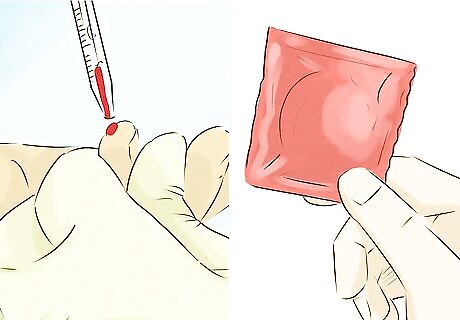
Keep yourself safe by saying "no" to sex with someone who isn't being safe. A partner who isn't being open and honest and won't respect your choice to use protection doesn't deserve your attention. Put your health first.
How do you use protection?
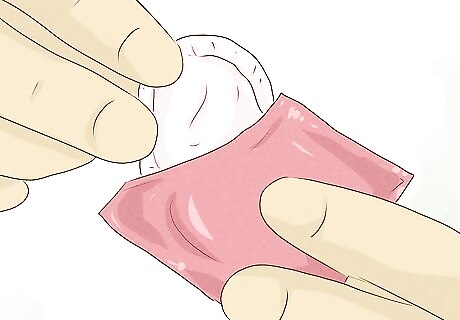
Male condoms are the most common and effective form of protection. To put on a condom, unwrap it and put it over the tip of the erect penis. Then, slowly unroll the condom down the penis. If both partners have vaginas, you might use a dental dam, which covers the vagina during oral sex so both partners are protected. If both partners have vaginas and are sharing sex toys, use a female condom to protect both of you. To insert the female condom, take it out of the package and squeeze the small end. Insert the small end into your vagina, then place the large ring outside your vagina. Make sure your condom or dental dam is free of rips, holes, or tears. If you think it’s damaged, throw it away and get another one.
How do you prevent pregnancy?
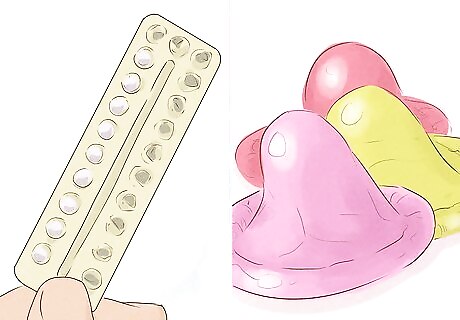
Use a form of birth control to prevent pregnancy. Condoms are a type of birth control, but you might feel safer if you use another form of birth control, as well. You might try hormonal birth control pills, a birth control shot, or an intrauterine device (IUD) for the most effective protection. Combining a condom with another form of birth control is the most effective way to prevent pregnancy.
How do you choose the best birth control for you?

Birth control is a personal decision. The right choice for you might be different than for someone else. If you have questions, it’s best to talk to your health care provider who can help you review all of your options, as well as their risks and benefits. Talk to your partner about what they’re doing to prevent pregnancy. If you’re in a long-term relationship, you might decide together what form of birth control you want to use as a couple.
How do you protect yourself from STIs?

In general, latex condoms are the best way to protect yourself from STIs. Only male condoms are made from latex, so choose them if 1 or both partners has a penis. Condoms are about 98% effective if you use them every time you have sex and apply them correctly. Condoms are less effective for protecting against genital herpes, syphilis, and chancroid. They will only protect you if the infected area is covered. If both partners have vaginas, a female condom or dental dam will still offer effective protection.
What are the consequences of not using protection?

You may get pregnant. Additionally, you may catch an STI. Although you can cure some STIs, others, like HIV and herpes, can’t be cured, though you can manage them with treatment. Another STI called genital human papillomavirus (HPV) can cause genital warts and cervical cancer. If you’re using protection and talking to your sexual partners, you don’t need to be constantly worried about STIs and pregnancy. However, it’s important to be careful every time you have sex. Lots of STIs usually do not present symptoms early on, and are only detected via blood test. That is the case for HIV, Hepatitis B, and Hepatitis C.
What should you do if you have unprotected sex?

Don't panic—you have options. Realizing you had unprotected sex can be a scary experience. To put your mind at ease, use an emergency contraceptive if you’re a female whose partner has a penis. Additionally, both partners should consider getting tested for STIs, just in case. Otherwise, if you notice symptoms of an STI, see your doctor for a checkup. Here are some symptoms to watch for: Painful urination Unusual or foul-smelling discharge Itching around your genitals Sores around your genitals Unexplained bleeding
How do you make safer sex feel better?

Try using different types of condoms to figure out what feels best for you. Condoms come in different sizes and textures, so there’s a good variety. You might also put a drop of lubricant inside the condom and a few drops outside the condom to help make sex more comfortable for both partners. Continue your foreplay, such as kissing and caressing, while you’re putting on your protection.
Can a water-based lubricant help make sex safer?
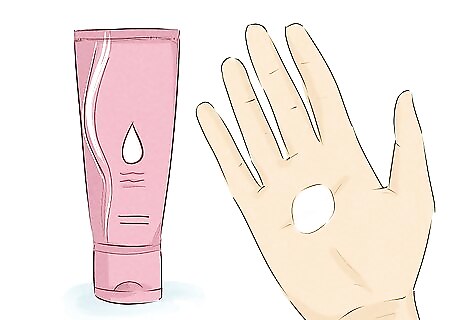
Yes! It’s normal for skin in the vagina or anus to tear during sex, even though you may not realize it in some cases. These tears increase your risk of contracting an STI because they’re open skin. Since lubricant makes it easier for a penis or sex toy to enter your vagina or anus, you’re less likely to get these skin tears. It’s especially important to use lubricant during anal sex because, unlike a vagina, your anus doesn’t naturally lubricate itself. Always use a water-based lubricant with a condom because other types of lubricant may damage your condom.
What can you do to make safer sex easier?
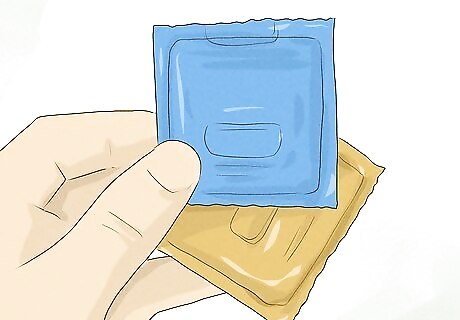
Keep your bedside table stocked with condoms and lubricant. Additionally, toss a few condoms in your bag. Make sure you keep condoms away from pointy objects that could pierce the packaging, as well as heat. Carrying a condom in your pocket can be risky if it gets too hot, as the condom may be damaged.












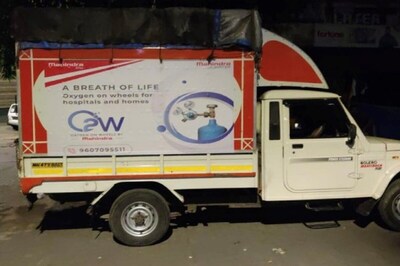







Comments
0 comment